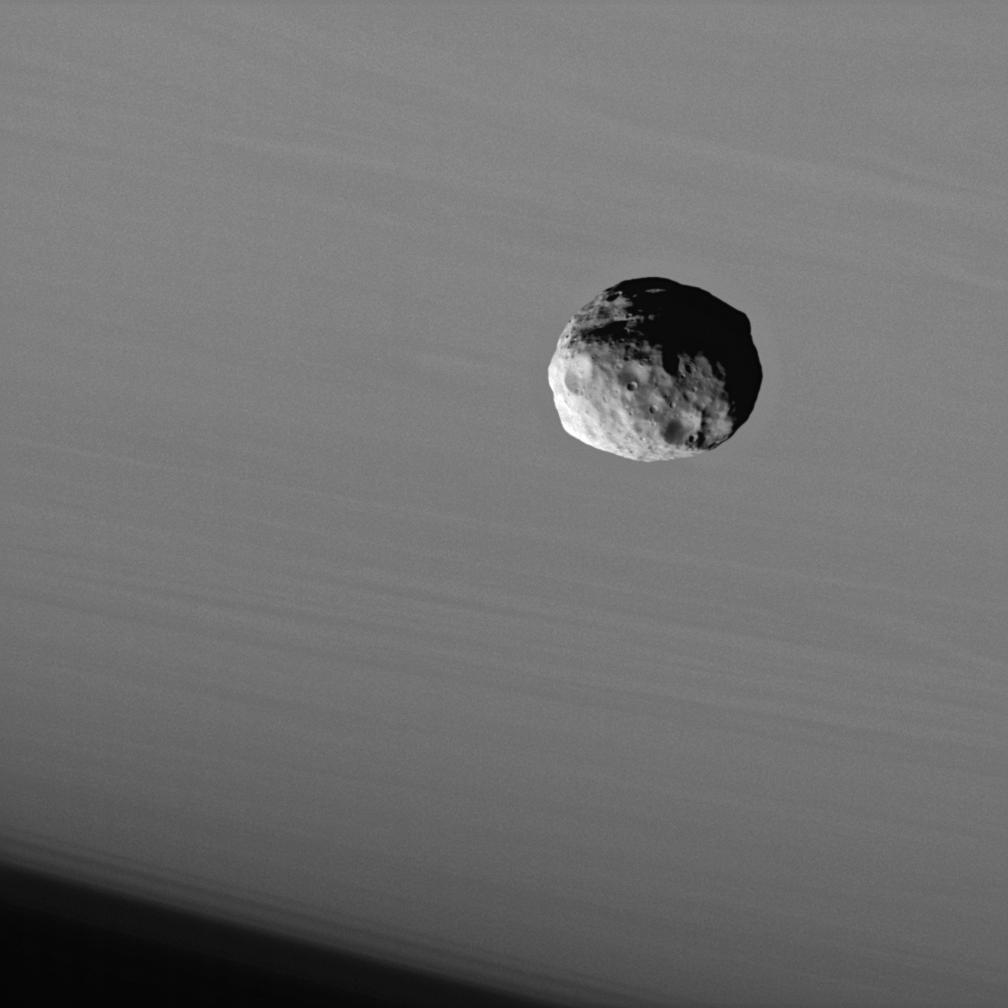On Sunday night at 7:30-9:30 I went to an observing secession out in myakka. There we identified several nebulas, clusters, and stars. I also saw a meteor shooting from south to north overhead. Some nebulas and clusters we saw was M2 in Aquarius (and the water jug does NOT look like a water jug, well only a little if you squint real hard), M103, and the double cluster in Perseus. We also saw a planetary nebula, which is M2, and looked at it through different types of eyepieces. We also saw the open clusters of the Haydes and Pleades, both located in Tarus.
As for stars we saw Polaris which is a binary and its second star was 1 o'clock from the primary star. Also, there was Gamma Andromeda another Binary star, and Albireo whose stars are blue and white. There seems to be quite a lot of Binary stars.
We were pointed out several constellations as well. We saw the circlet of Pices, Ares, Taurus, the rising stars of Gemini, as well as Orion, and the River.
There were several 1st magnitude stars too, but I only remembert some of the names. Like the summer triangle, Beetlejus, Capella, and Albediron(sp?).
The Night was fairly dark, with some high level thin clouds, but it was freezing cold!



